Test Your Endurance by Walking the Camino de Santiago
It’s summer in Europe, and when it’s summer in Europe people walk! Alpine hikes in Germany and Switzerland, and lake district ramblings in Norway, Sweden and Britain are all extremely popular and great ways to see some beautiful scenery during your travels. But one of the continent's oldest and most used trails is the Camino de Santiago de Compostela.
Also known as the French Way or The Way of St. James, the Camino has been a religious pilgrimage for almost a thousand years. Originally starting at the French town of St. Jean Pied de Port, the Camino weaves its way over the Pyrenees and down into the mountainous region of Galicia in northwestern Spain. Here the trail follows the mountain range all the way to Santiago, 780 kilometers away in the far west.
The Camino is no longer exclusively a religious pilgrimage. Many walkers undertake it as an endurance test, a personal journey in the company of thousands of others, particularly in the summer months.
The Camino, or “way,” can be undertaken all in one go or in stages, the length and timing of which are entirely up to you. Some people walk a new segment each summer, others come and go at different times of the year in order to experience the walk in different seasons. It really is your choice. There is only one rule. In order to qualify for the “passport” to prove you have completed the walk, you must walk the last 112 kilometers and have a paper passport (available for free along the way) stamped at any of the many hostels, restaurants, churches or coffee shops en route. You can undertake the trail by foot, on a pushbike, or on horseback.
We chose to walk only the last 112 kilometers over five days at the end of June. Starting in the lovely town of Sarria, we contracted a company, of which there are many, to book our accommodation at roughly equal stages along the walk and to pick up our luggage from the hotels and deliver it to our next night’s lodging. This meant we only had to carry a daypack and a water bottle with us, though many other walkers carried huge packs and camped in the fields over night.
The great thing about walking the Camino is the incredible camaraderie of all on the trail. A cheery “buon Camino” is called out by all and sundry as they pass one another. Bike riders call it out to warn of their descent down hills at a rapid rate, school groups and religious orders sing it, and villagers and townsfolk respond to it untold thousands of times a week.
Your fellow walkers can be identified by the totem of Santiago, a half scallop shell, and by a pilgrims staff, which is useful to aid the often rocky descents as you navigate the hills. The trail covers all sorts of terrain, most of it through the beautiful farmlands and valleys of Galicia. Several parts follow national highways and include some industrial parks which are less than inviting on a warm summer’s day, but generally the going, whilst challenging at times, is serenely beautiful.
For us the timing of our walk was fortuitous. The mornings held their misty coolness until well after 9 a.m., and the real heat of summer was still a few weeks off. We attempted to start early and get most of the walking done before lunch, but the best laid plans were often overturned in favor of spending time investigating old churches, archeological ruins and beautiful streams and fords. Along the way there are a smattering of lovely restaurants and cafes to entice you off the road for a bocadillo (bread roll) of ham and cheese, empanadas or other typical Galician fare.
The end of each day was a hard slog, usually uphill, into towns that were historically placed on hilltops, and the walks to the hotels are not included in the daily tally of kilometers, a harsh reality when you have just finished 23 kilometers and find it’s another four to the hotel!
The fifth and final day was for us a short one. Fourteen kilometers into Santiago itself, through the town and past the magnificent hillside cultural center. Another few kilometers and we arrived at the cathedral, where there was an hourlong wait for our Camino certificates. Pilgrims masses are held every day at midday and on Fridays at 7 p.m. the enormous incense burner called the Botafumeiro is swung over the congregation.
No matter what your reason for walking the Camino, it is a fabulous once-in-a-lifetime adventure that will test your endurance but will leave you with a feeling of accomplishment and well being.
The Deets
More info: Useful sources for more information can be found here and here.

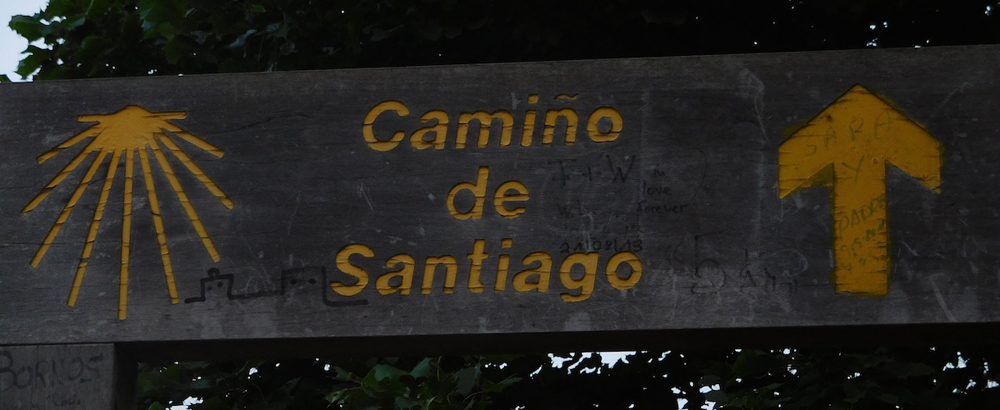
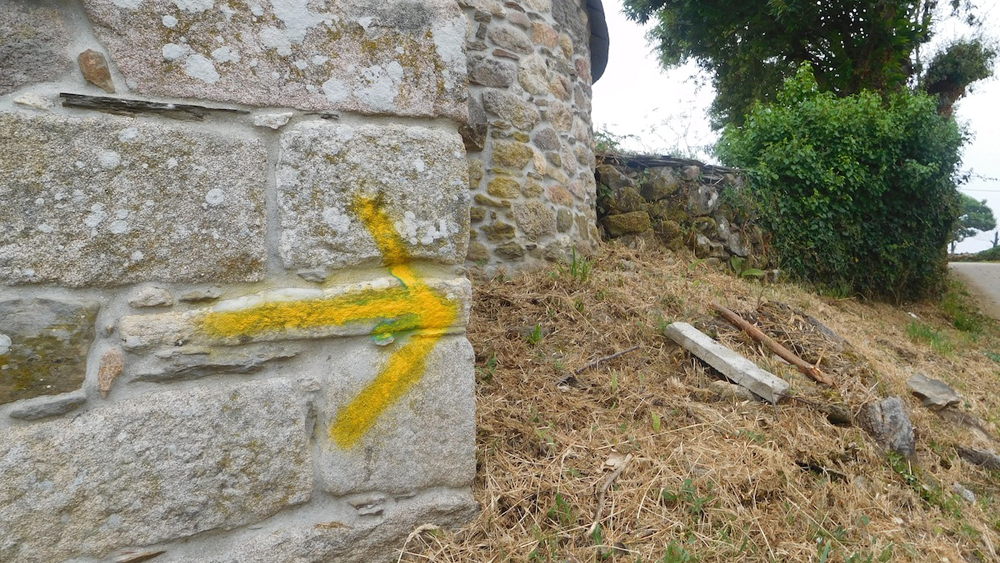
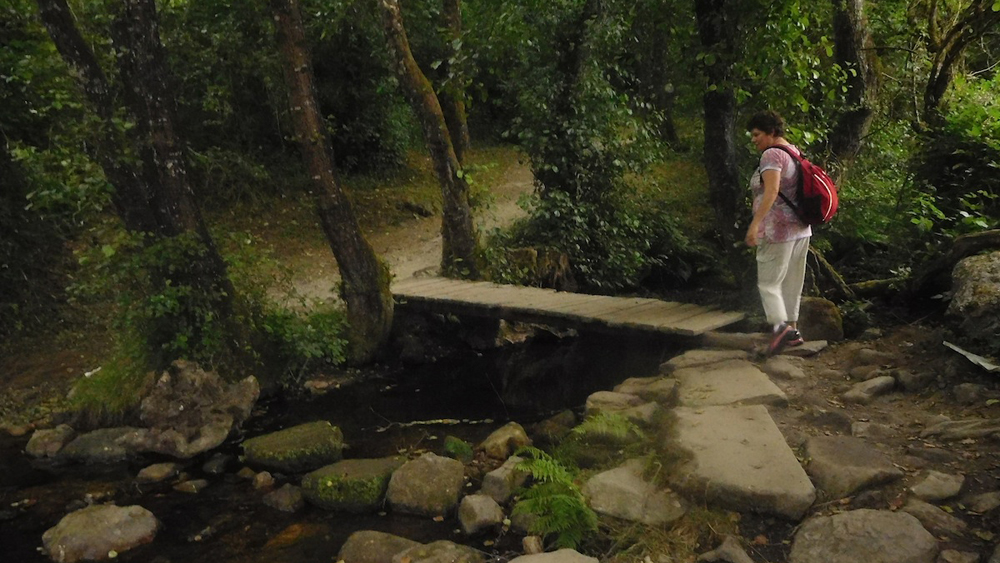
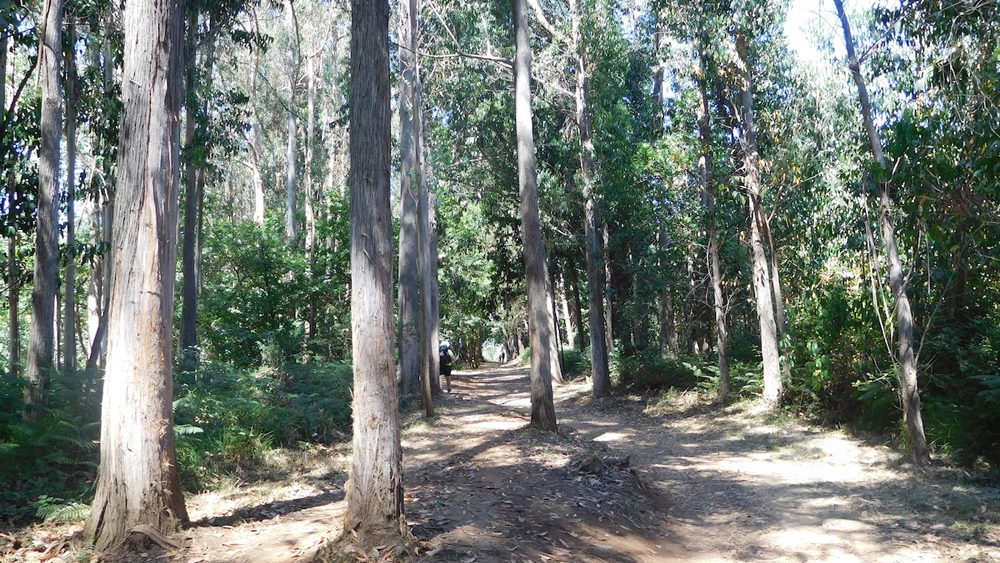
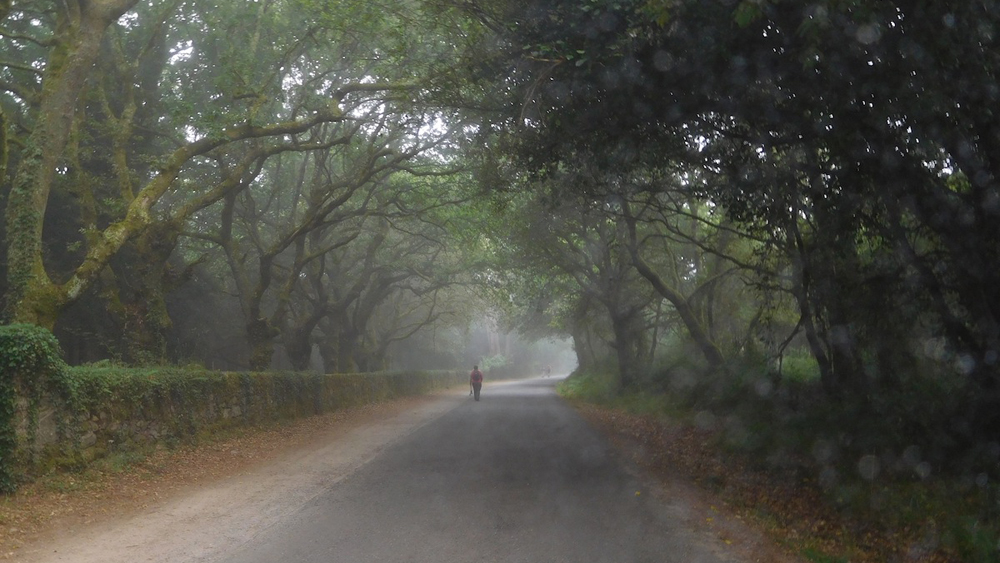
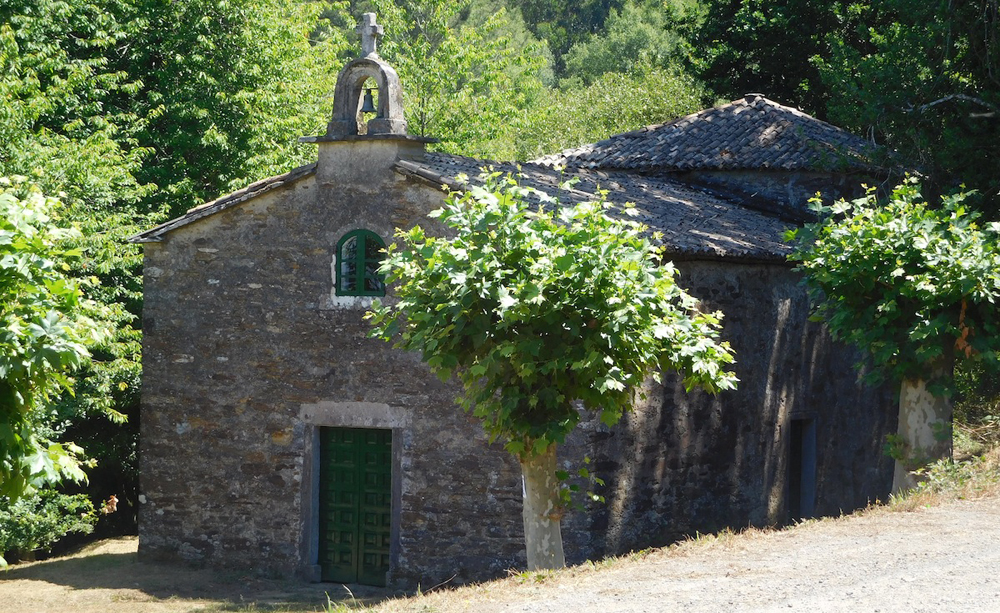
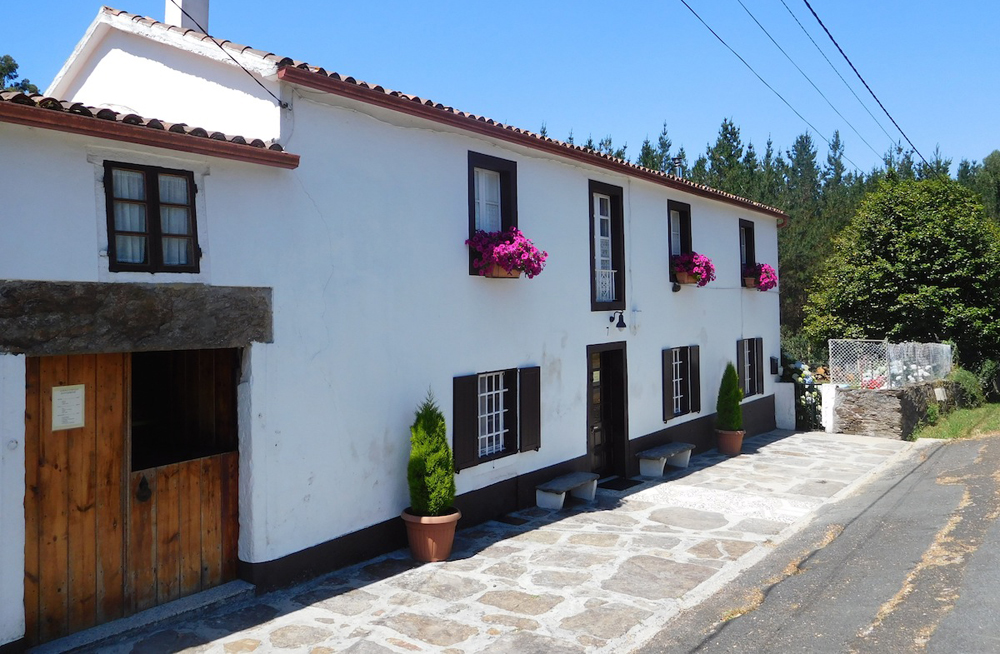













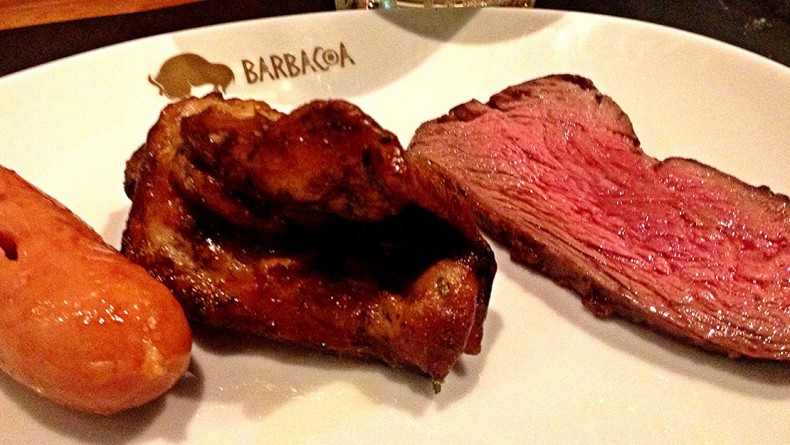
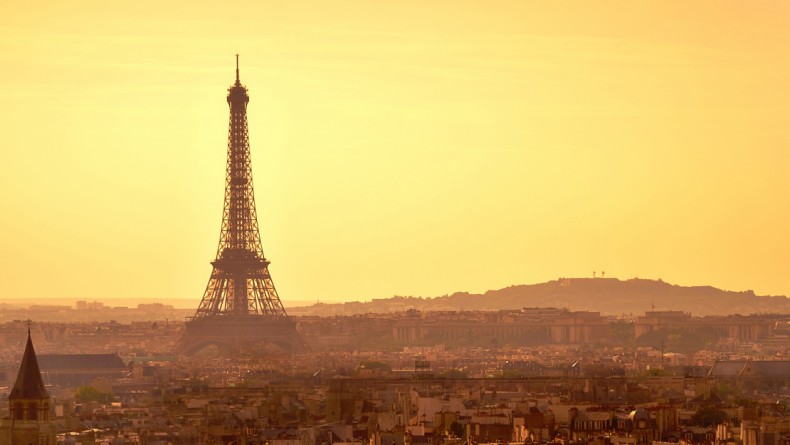
Leave a Reply